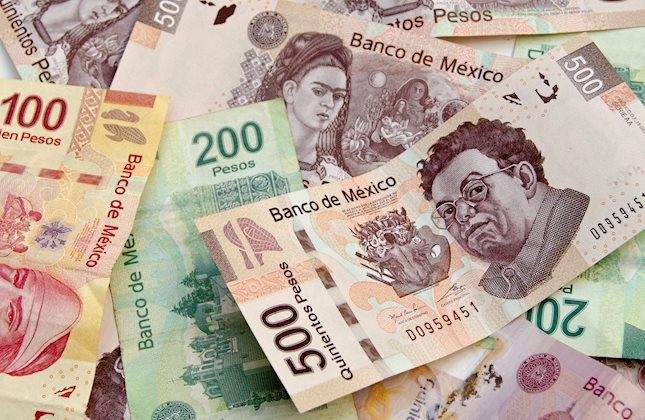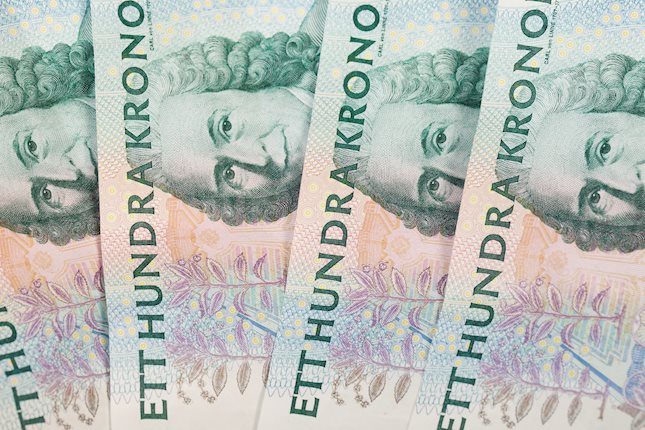WTI rises above $74.00 on larger drop in US crude oil inventories, hopes for China's demand
- WTI price gains traction to near $74.15 in Wednesday’s Asian session.
- US crude oil inventories fell by 4.022 million barrels last week, according to the API.
- Oil traders brace for the FOMC Minutes on Wednesday ahead of the US December NFP report.
West Texas Intermediate (WTI), the US crude oil benchmark, is trading around $74.15 on Wednesday. The WTI price edges higher amid expected higher Chinese demand and a larger drop in US crude stocks.
A large drop in US crude inventories last week provides some support to the WTI. The API weekly report showed crude oil stockpiles in the United States for the week ending January 3 fell by 4.022 million barrels, compared to a decline of 1.442 million barrels in the previous week. The market consensus estimated that stocks would decrease by 250,000 barrels. Furthermore, the escalating geopolitical tensions in the Middle East and ongoing Russia-Ukraine conflicts could boost the WTI price in the near term.
On Tuesday, the National Development and Reform Commission (NDRC), China's top economic planner, issued a guideline for building a unified national market, breaking down market barriers to boost domestic demand while enhancing openness. The positive development surrounding the Chinese stimulus measure could boost the black gold price as China is the world's second-largest economy.
”While the market is currently range-bound, it is recording gains on the back of improved demand expectations fueled by holiday traffic and China’s economic pledges," said Forex market analyst Razan Hilal. "However, the primary trend remains bearish,” Hilal added.
Looking ahead, Oil traders will keep an eye on the Minutes of the Federal Open Market Committee (FOMC), which is due later on Wednesday. On Friday, the US employment data for December will be in the spotlight. Economists expect 154,000 new jobs for December, while the unemployment rate is expected to remain at 4.2% during the same report period. In case of a stronger-than-expecetd outcome, this could lift the Greenback and weigh on the USD-denominated commodity price in the near term.
WTI Oil FAQs
WTI Oil is a type of Crude Oil sold on international markets. The WTI stands for West Texas Intermediate, one of three major types including Brent and Dubai Crude. WTI is also referred to as “light” and “sweet” because of its relatively low gravity and sulfur content respectively. It is considered a high quality Oil that is easily refined. It is sourced in the United States and distributed via the Cushing hub, which is considered “The Pipeline Crossroads of the World”. It is a benchmark for the Oil market and WTI price is frequently quoted in the media.
Like all assets, supply and demand are the key drivers of WTI Oil price. As such, global growth can be a driver of increased demand and vice versa for weak global growth. Political instability, wars, and sanctions can disrupt supply and impact prices. The decisions of OPEC, a group of major Oil-producing countries, is another key driver of price. The value of the US Dollar influences the price of WTI Crude Oil, since Oil is predominantly traded in US Dollars, thus a weaker US Dollar can make Oil more affordable and vice versa.
The weekly Oil inventory reports published by the American Petroleum Institute (API) and the Energy Information Agency (EIA) impact the price of WTI Oil. Changes in inventories reflect fluctuating supply and demand. If the data shows a drop in inventories it can indicate increased demand, pushing up Oil price. Higher inventories can reflect increased supply, pushing down prices. API’s report is published every Tuesday and EIA’s the day after. Their results are usually similar, falling within 1% of each other 75% of the time. The EIA data is considered more reliable, since it is a government agency.
OPEC (Organization of the Petroleum Exporting Countries) is a group of 12 Oil-producing nations who collectively decide production quotas for member countries at twice-yearly meetings. Their decisions often impact WTI Oil prices. When OPEC decides to lower quotas, it can tighten supply, pushing up Oil prices. When OPEC increases production, it has the opposite effect. OPEC+ refers to an expanded group that includes ten extra non-OPEC members, the most notable of which is Russia.
Forex News
Keep up with the financial markets, know what's happening and what is affecting the markets with our latest market updates. Analyze market movers, trends and build your trading strategies accordingly.



















